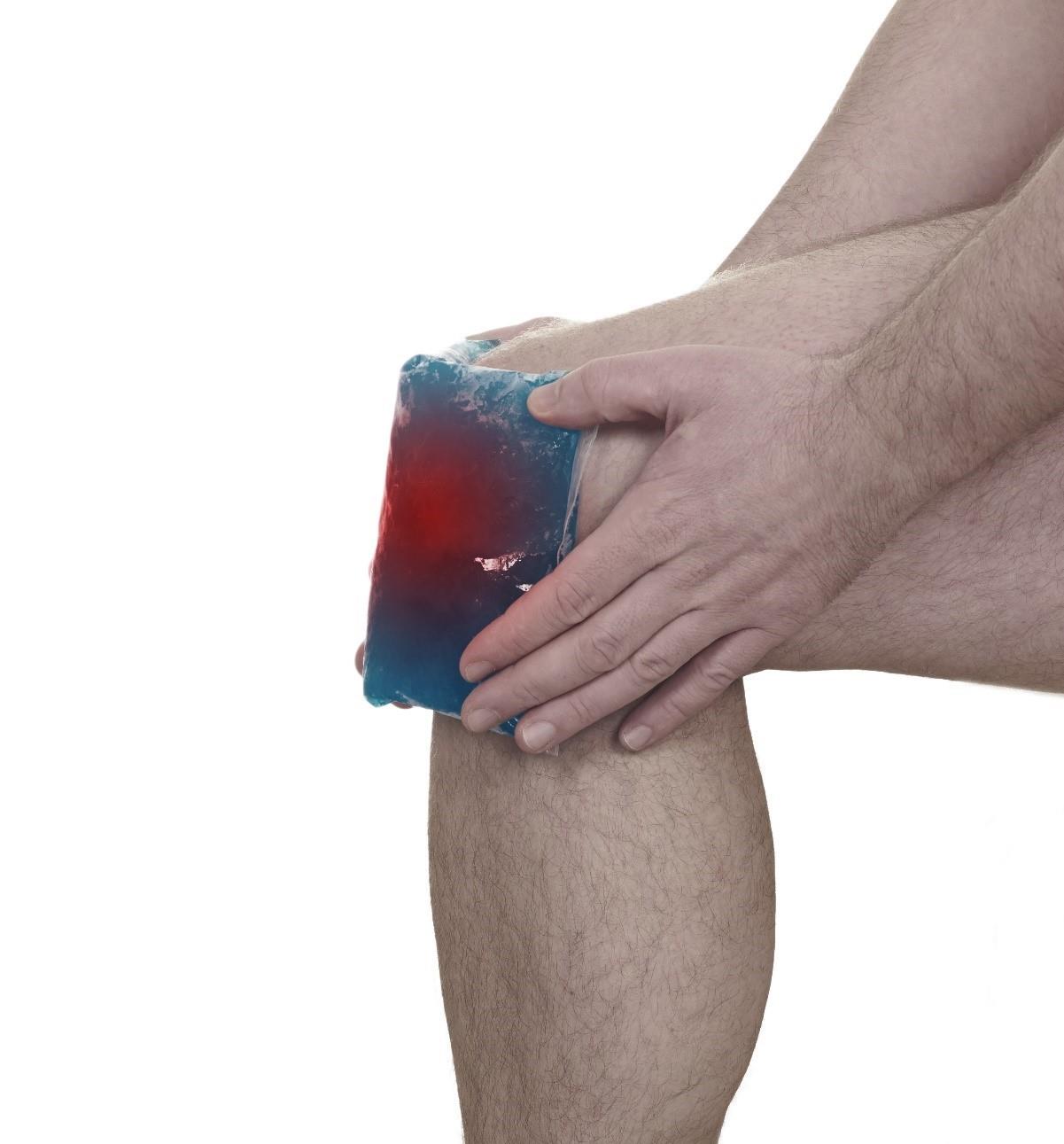Emergency Message
Welcome to Moov India Website! This website may store cookies.
Knee pain is a common complaint (use ailment) amongst the elderly, however, no one is immune to it. Though there are different causes for it, knee pain may leads to a compromised lifestyle. In most cases, it can be managed with pain relief ointments and self-care. However, there are some situations where doctors may suggest physiotherapy or knee braces. If you are suffering from chronic knee pain, you should consult your physician.
Some common causes of knee pain are injuries (such as fractures, tendonitis, etc.), mechanical problems (such as obesity, hip/foot pain, dislocated kneecap) and different types of arthritis.
Knee pain can be mild or severe, depending on the root cause; however, the signs and symptoms remain the same.
There are proven home remedies and self-care measures that help you lower and manage knee pain.
1. Strengthen your knee muscles through simple daily exercises:
Here are some strengthening exercises which you can try:
2. Maintain a healthy diet:
Excess weight or obesity is a common reason for knee joint pain.
Thus, eating well and maintaining a healthy weight is extremely important.
Cut back on processed food and artificial drinks, and follow a diet that is:

3. Avoid common posture mistakes:
Sitting in a poor or incorrect posture affects not only your neck and back, but also your knees.

4. Apply hot and cold therapy
Hot and cold temperature therapy is the most common and proven technique to lower joint and muscle pain. While this home remedy is commonly used for lower back pain, doctors also recommend this therapy to reduce the joint pain caused due to arthritis.

While this is a proven technique, don’t forget to test any hot item before you start with it, especially if you are going to use it for an older person.
5. Use a specialist
Looking for a specialist that gives quick and long lasting relief from pain? Try Moov the No 1 Pain Relief Cream* in India. Apply Moov STRONG Diclofenac Gel to the affected knee to target the source of pain and get back to your active lifestyle.
* IQVIA Consumer Health Sell -Out Data MAT Jan ‘2020